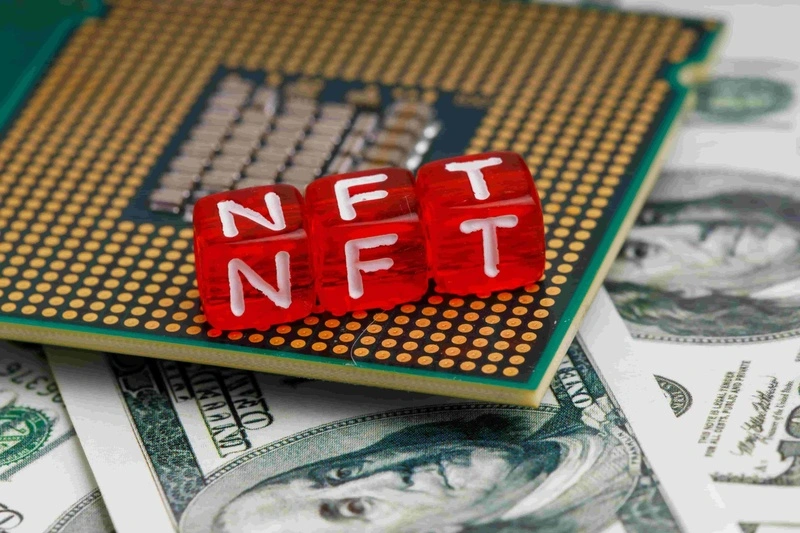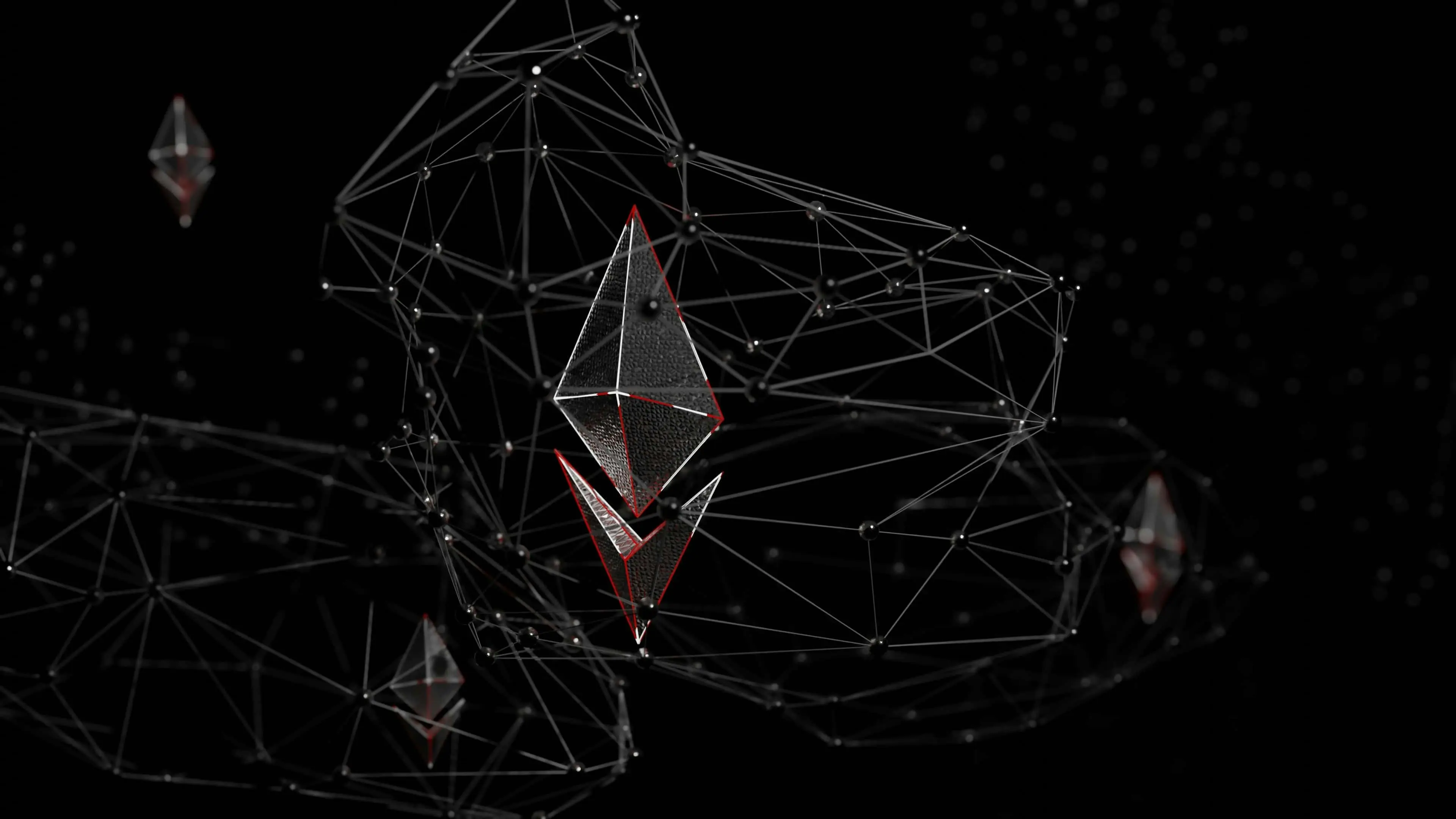Shuhaib Shariff · 6 min read
Revolutionizing Real Estate with Dynamic NFTs

Revolutionizing Real Estate with Dynamic NFTs
When most people think of NFTs, they often envision static digital art or collectibles. However, a new type of NFT is emerging that has the potential to revolutionize traditional industries: Dynamic NFTs (dNFTs). Unlike regular NFTs, which have static data that cannot be updated, dNFTs are designed to have their metadata automatically updated based on external factors, making them ideal for industries that require constant data updates, such as real estate.
The Problem with Regular NFTs
Regular NFTs, like those representing digital art or collectibles, are limited by their inability to update the data they contain. This limitation makes them unsuitable for use cases that require ongoing updates, such as tokenizing real-world assets or building blockchain-based applications where data changes frequently.
What Are Dynamic NFTs?
Dynamic NFTs (dNFTs) are the solution to this problem. They utilize smart contracts that allow their metadata to be automatically updated based on external inputs, often facilitated by oracles like Chainlink. This capability opens up a wide range of possibilities for industries that need real-time data updates.
Use Case: Tokenized Real Estate dNFT
One of the most promising applications of dNFTs is in the real estate industry. A tokenized real estate dNFT can have its metadata continuously updated to reflect critical information, such as:
- 📈 Property value: Real-time market data can be integrated to update the property’s current value.
- 🛠️ Maintenance records: Logs of all maintenance activities, repairs, and renovations can be automatically recorded.
- 🏢 Rental history: Information about past and current tenants, rental income, and occupancy rates can be tracked.
- 📜 Ownership history: A transparent record of all previous owners, transactions, and title changes can be maintained.
- 🌍 Environmental data: Factors like flood risks, pollution levels, and other environmental conditions can be updated in real-time.
The Benefits of Real Estate dNFTs
- Transparency and Trust: All changes are recorded on-chain, providing a tamper-proof history of the property. This enhances trust for buyers, sellers, and investors.
- Efficiency: Automating updates reduces the need for manual record-keeping and minimizes human errors. Blockchain technology can reduce transaction times by 70% and save up to $50 million annually in real estate transactions.
- Enhanced Value: Real-time updates can reflect improvements or changes in property condition, potentially increasing its market value.
Market Potential and Data
The global real estate market is massive, valued at approximately $280 trillion. The integration of blockchain technology and dNFTs into this market could have a transformative impact.
- Tokenized Assets Market: The tokenized asset market is projected to reach $4.8 billion by 2030, with real estate being a significant contributor.
- Blockchain in Real Estate: Blockchain can streamline real estate transactions, enhance transparency, and reduce costs. This technology can potentially save the industry millions of dollars annually.
Practical Example: Commercial Building dNFT
Consider a commercial building represented by a dNFT. The building’s market value could fluctuate based on real estate market trends, maintenance and renovation activities could be logged and updated automatically, and rental income data could be continuously tracked.
For instance, if the building undergoes significant renovations, the dNFT can automatically update to reflect the new market value and the details of the renovations. This level of transparency and automation can significantly streamline property transactions, reduce fraud, and enhance trust in real estate investments.
How dNFTs Work
Dynamic NFTs rely on smart contracts and oracles to function. Here’s a simplified breakdown of the process:
- Smart Contract Creation: A smart contract is created to govern the dNFT, outlining the rules and conditions for metadata updates.
- Integration with Oracles: Oracles, like Chainlink, are integrated to fetch real-time data from external sources.
- Automatic Updates: Based on the data provided by the oracles, the smart contract updates the dNFT’s metadata accordingly.
Future Prospects
The potential applications of dNFTs extend beyond real estate. They can be used in various industries, including:
- Automotive: Tracking vehicle history, maintenance records, and ownership changes.
- Healthcare: Managing patient records, treatment histories, and medication logs.
- Supply Chain: Monitoring the journey of goods, ensuring transparency and efficiency.
Real Estate Market Insights
The real estate market is one of the largest asset classes globally. Here are some key statistics and insights to consider:
- The total value of the global real estate market is estimated at $280 trillion, making it a prime candidate for disruption by blockchain and dNFT technology.
- Commercial real estate transactions in major markets like the U.S., Europe, and Asia-Pacific reached over $1 trillion annually in recent years, highlighting the vast scale of potential blockchain integration.
- Real estate fraud costs the industry billions each year, with fraudulent title claims and document forgery being common issues. Implementing dNFTs can significantly reduce these risks by ensuring tamper-proof records.
Challenges and Considerations
While the potential of dNFTs in real estate is vast, several challenges need to be addressed:
- Regulatory Compliance: Navigating the complex regulatory landscape of real estate transactions across different jurisdictions can be challenging. dNFT implementations must comply with local laws and regulations.
- Technology Integration: Integrating dNFTs with existing real estate management systems and databases requires significant technological advancements and collaboration.
- Market Adoption: Encouraging widespread adoption of dNFTs in the real estate market involves educating stakeholders, including property owners, investors, and regulatory bodies, about the benefits and functionality of this technology.
The Path Forward
To realize the full potential of dNFTs in real estate, industry stakeholders must work together to overcome these challenges. Key steps include:
- Collaborative Efforts: Real estate firms, blockchain developers, and regulatory bodies need to collaborate to create standardized protocols and frameworks for dNFT implementation.
- Education and Awareness: Increasing awareness about the benefits of dNFTs through educational campaigns, workshops, and industry conferences can drive adoption.
- Pilot Projects: Launching pilot projects to demonstrate the practical benefits of dNFTs in real estate transactions can help build trust and showcase real-world applications.
Conclusion
Dynamic NFTs represent a significant evolution in the blockchain and NFT space. Their ability to automatically update metadata based on real-time data inputs makes them ideal for industries that require constant updates and transparency. The real estate sector, with its vast market and need for accurate, up-to-date information, stands to benefit immensely from this technology.
As we move forward, the adoption of dNFTs in real-world applications is expected to grow, driving the next wave of the NFT boom. This shift from static digital collectibles to dynamic, real-world use cases marks a new era for blockchain technology and its potential to revolutionize traditional industries.



